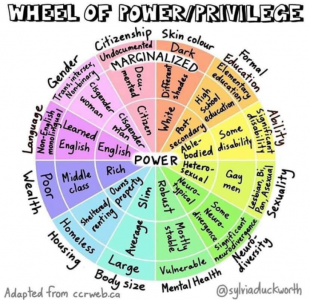"[White] Christian nationalism is Christian-affiliated religious nationalism seeks [religious dominion over] rightful civil liberties. Christian nationalists primarily focus on internal politics, such as passing laws that reflect their view of Christianity and its role in political and social life. In countries with a state Church, Christian nationalists, in seeking to preserve the status of a Christian state, uphold an antidisestablishmentarian position."Christian nationalists support the presence of Christian symbols and statuary in the public square, as well as state patronage for the display of religion, such as school prayer and the exhibition of nativity scenes during Christmastide or the Christian Cross on Good Friday."Christian nationalists draw support from the broader Christian right." - Wikipedia
Factually, flights into Christian revisional history cannot possibly begin to build upon evangelicalism's one time progress made over the years (1980s?) towards accepting, adapting, and learning to work within a multiracial democracy; nor, promote any decent global platform for Christian ministry in general.
"Toleration" when used by WCNs can become an insipid term in the hands of disaffecting people or their dissenting groups. Such a word is intended as a derisional term to demean the other in everyway possible.
Importantly, as Christians following Jesus' example, we are to welcome and embrace difference... not to simply "tolerate" it as a different stream from white culture.
The correct usage of terms, and honest declarations of purpose, are much better policies and more helpful to Christian mission than when claiming white privilege in usurping Scripture and faith under false ideologies of faith privilege.


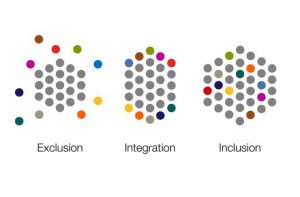
- You know you. Consider what you think you may need to unlearn.
- Accepting our past in its entirety is the key to moving forward together.
- Everyone has overcome something. Be vulnerable enough to hear and to share with others.

At UBC we believe excellence cannot be achieved without inclusion. But how we are included is shaped by how we present ourselves, the ways we are seen by others, the systems and norms of our campus, and how they all intersect. For the VPFO to meet our objectives around operational excellence, we each need to develop our understanding of people’s unique experiences, opportunities, and barriers.
What is intersectionality?
Kimberlé Crenshaw is an American civil rights advocate and professor at both the UCLA School of Law and Columbia Law School. Kimberlé has created a way to think about our identities and how we experience the world called intersectionality.
Intersectionality is a framework that describes how our overlapping social identities relate to social structures of racism and oppression. Intersectionality merges many identity markers, including race, class, gender, sexual orientation, age, ethnicity, religion, disability, and more, to create a more truthful and complex identity.
For example, a queer black woman may experience the world on the basis of her sexuality, gender, and race — a unique experience based on how those identities intersect in her life.
Why is it important?
Intersectionality is directly tied to oppression. Oppression is the force that allows, through the power of norms and systems, the unjust treatment or control of people. Intersectionality shows us that social identities work on multiple levels, resulting in unique experiences, opportunities, and barriers for each person. Therefore, oppression cannot be reduced to only one part of an identity; each oppression is dependent on and shapes the other.
Understanding intersectionality is essential to combatting the interwoven prejudices people face in their daily lives.
What can I do?
By reflecting on our own identities, their intersections, and practice being mindful we can become better allies for marginalized groups or better able to articulate our own experience.
This wheel diagram, the Wheel of Power/Privilege, is a simplified way to reflect on the many intersecting identities and power structures that we all engage with. Consider how your social identities play into your privilege. What areas sound like you? What types of privilege aren’t on the wheel? How are others you work with represented on the wheel?
Learning about intersectionality and how it affects all of us, both in our work and personal lives, allow us to respectfully communicate with peers, and deepens our understanding of the ways in which diversity, equity, and inclusion are relevant to our community.
To learn more about intersectionality, you can watch this TEDx talk by Kimberlé Crenshaw or read this Intersectionality Report by Ontario Association of Interval & Transition Houses.
* * * * * * * *
a Faith and Fractured a Nation
Hollywood’s strong men icon, portrayed by actors like John Wayne and Mel Gibson, have coopted core biblical teachings such as loving one’s neighbors and enemies, adding a militant battle cry. Mainstream evangelical leaders preach a “mutually reinforcing vision of Christian masculinity – of patriarchy and submission, sex and power.”
In her NYT best-seller, Jesus and John Wayne, Kristin Du Mez traces how a militant ideal of white, Christian manhood has come to pervade evangelical popular culture in America. She argues this has led to the hero worship of Donald Trump, who embodies the ideal of militant masculinity, protector and warrior.
Cambridge Forum welcomed Du Mez to talk about her book with historians Jon Butler and Jemar Tisby. This talk is part of the Cambridge Forum’s THE SEARCH FOR MEANING, a 3 part series looking at the benefits and failures of organized religion in the US.GBH Forum Network ~ Free online lectures: Explore a world of ideas.
See our complete archive here: http://forum-network.org
 |
| A supporter of then-President Donald Trump prays outside the US Capitol on January 6, 2021, in Washington. |
 |
| Demonstrators pray outside the US Capitol in Washington on January 6, 2021. |
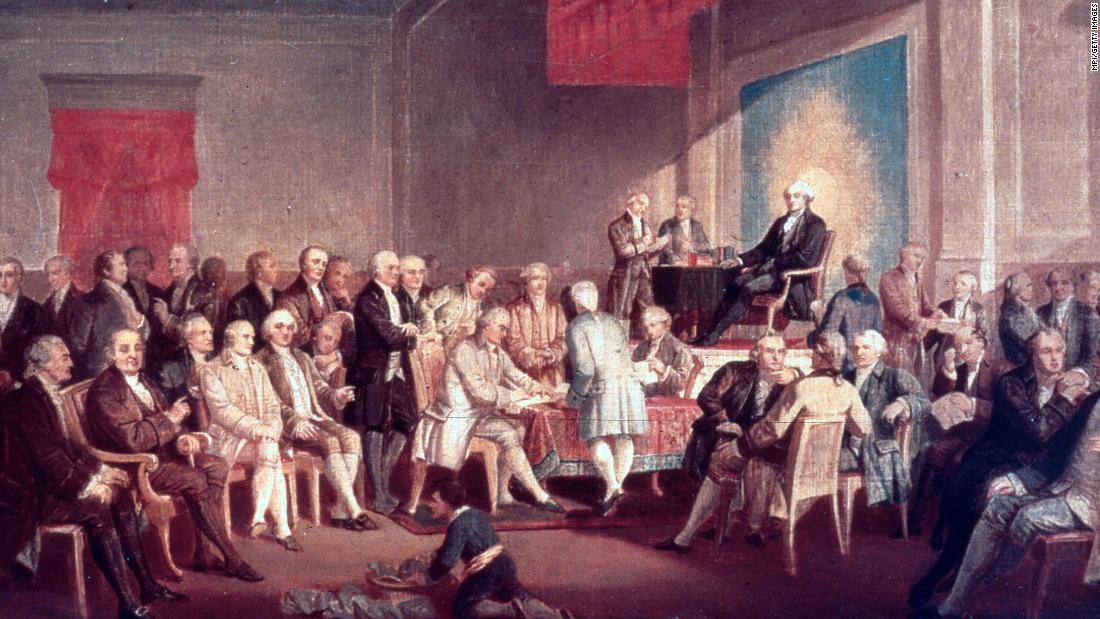 |
| This painting chronicles lawmakers' signing of the Constitution of the United States in 1787. |
 |
| A Trump supporter holds a Bible as he gathers with others outside the US Capitol on January 6, 2021. |
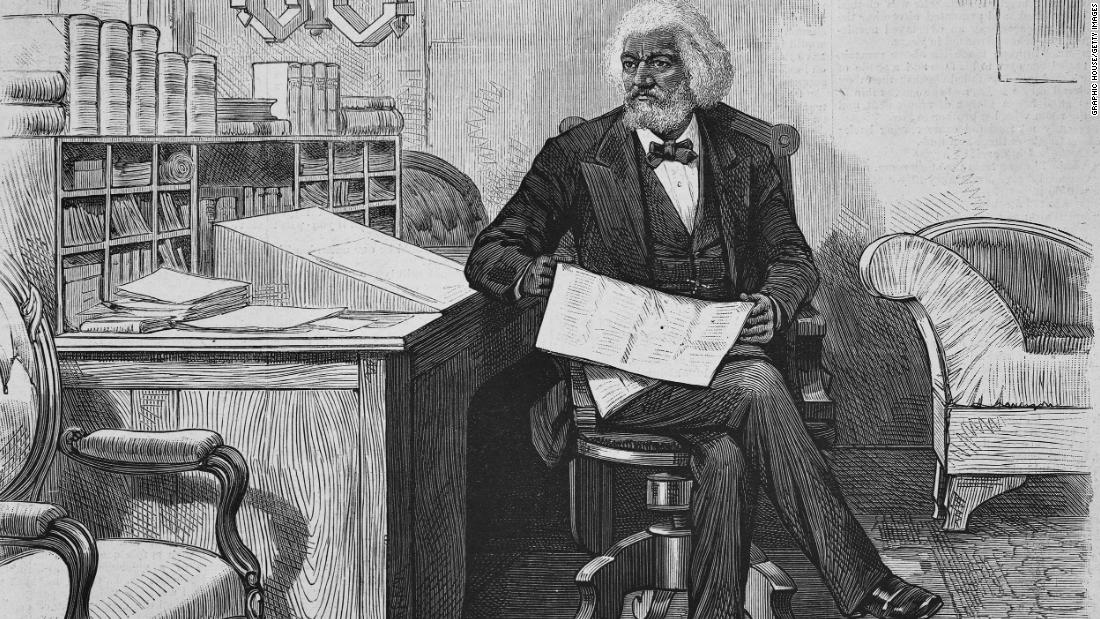 |
| American social reformer and abolitionist Frederick Douglass, circa 1880. |
 |
| A protester holds up a Bible amid the crowd storming the US Capitol Rotunda in Washington on January 6, 2021. |
 |
| Supporters of then-President Donald Trump gather on the Ellipse near the White House to hear him speak on January 6, 2021. |
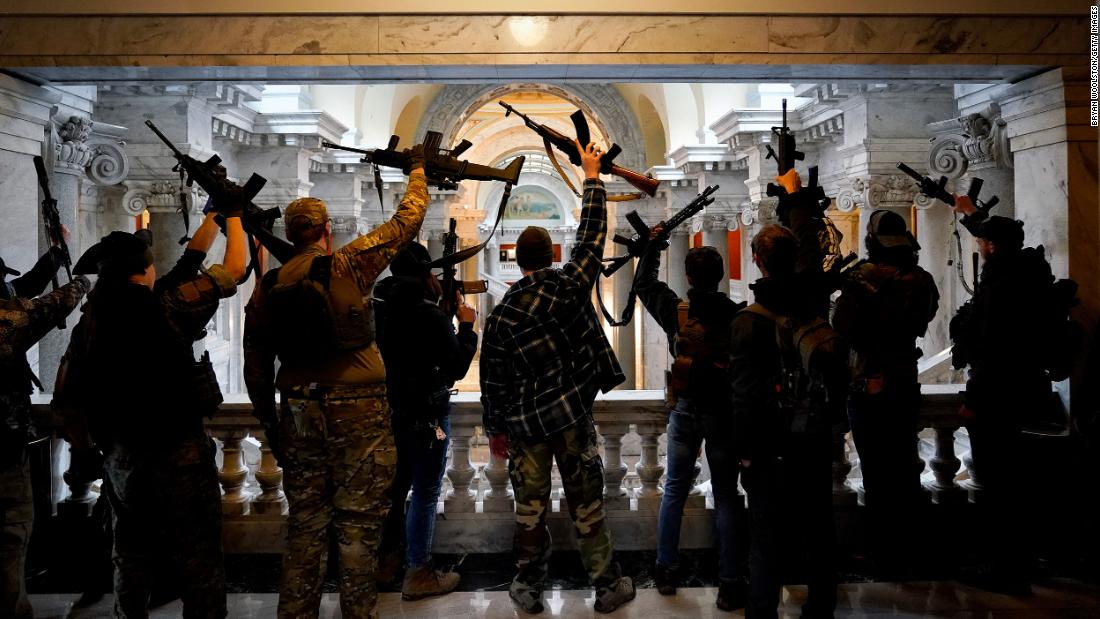 |
| Gun rights activists carrying semi-automatic firearms pose for a photograph in the state Capitol Building on January 31, 2020, in Frankfort, Kentucky. |
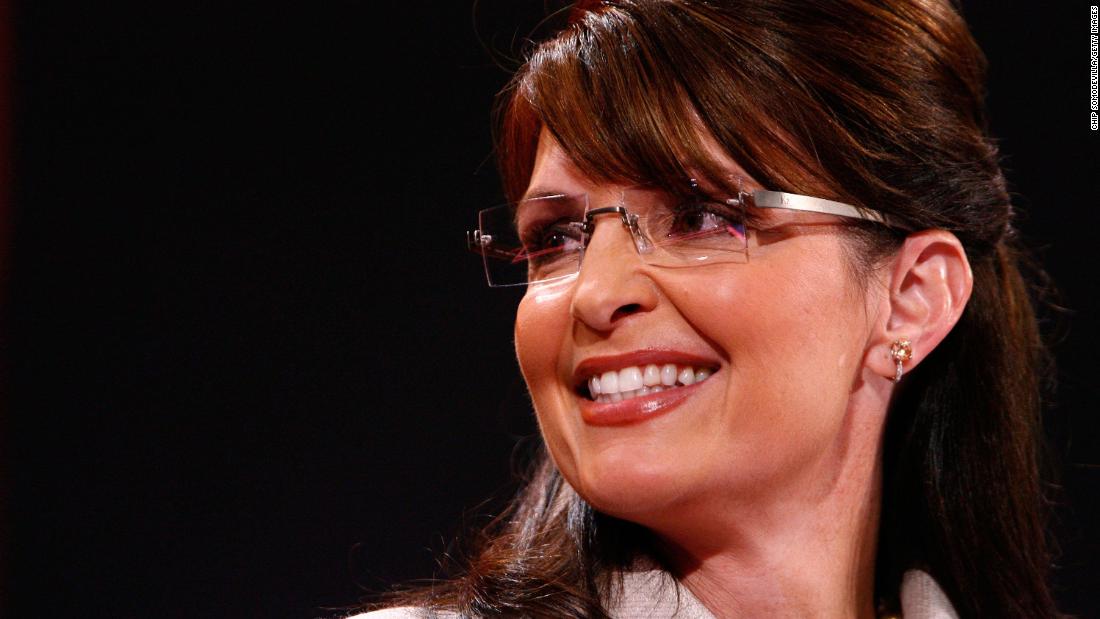 |
| Republican vice presidential nominee Alaska Gov. Sarah Palin speaks at the 2008 Republican National Convention in St. Paul, Minnesota. |
 |
| A parishioner bows his head to pray while celebrating midnight Mass at St. Patrick's Cathedral on December 24, 2021, in New York City. |
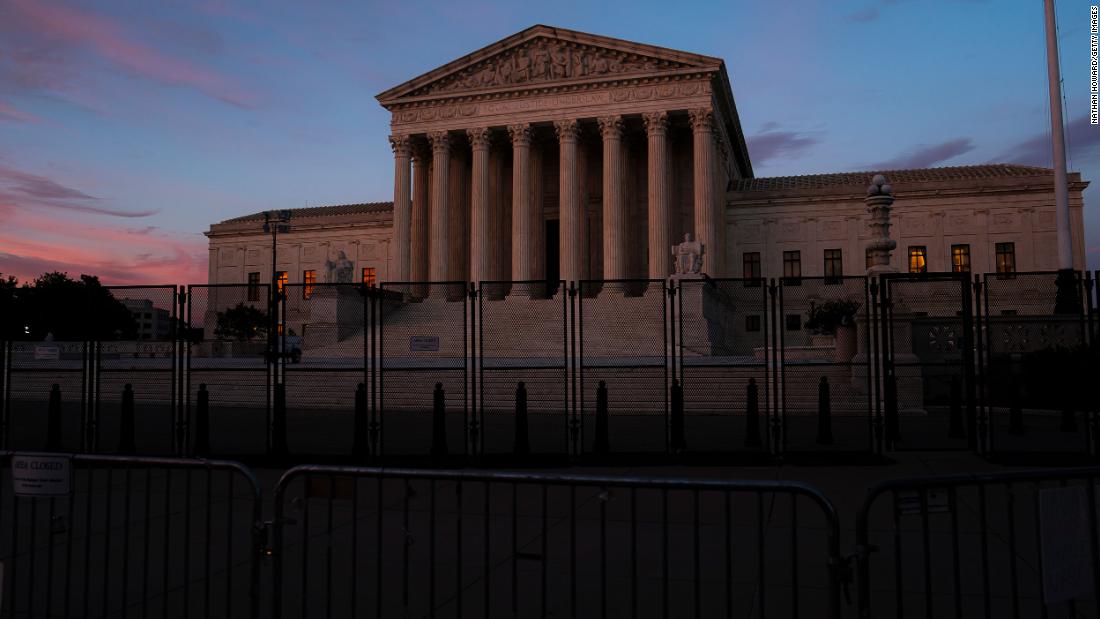 |
| The sun sets in front of the Supreme Court on June 28, 2022, in Washington. A Supreme Court decision last month overturned the landmark Roe v. Wade ruling and erased a federal right to an abortion. |





